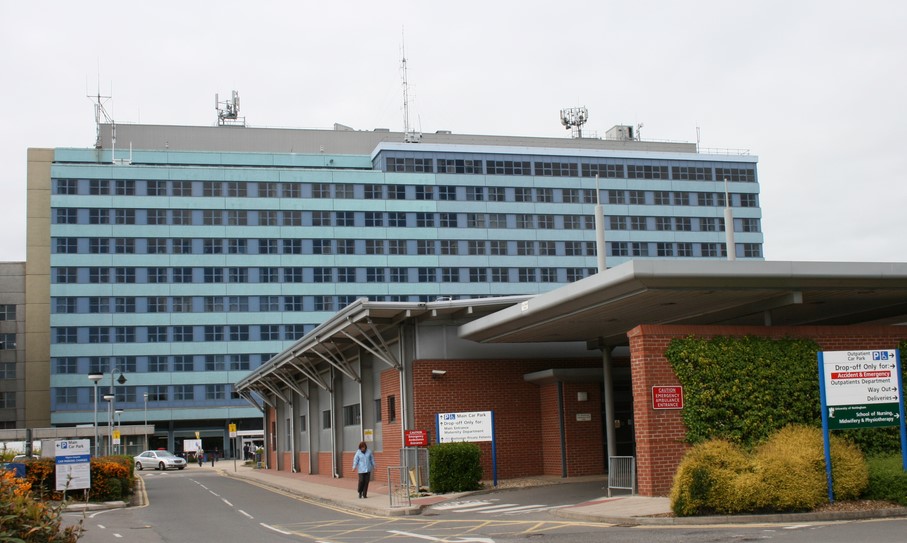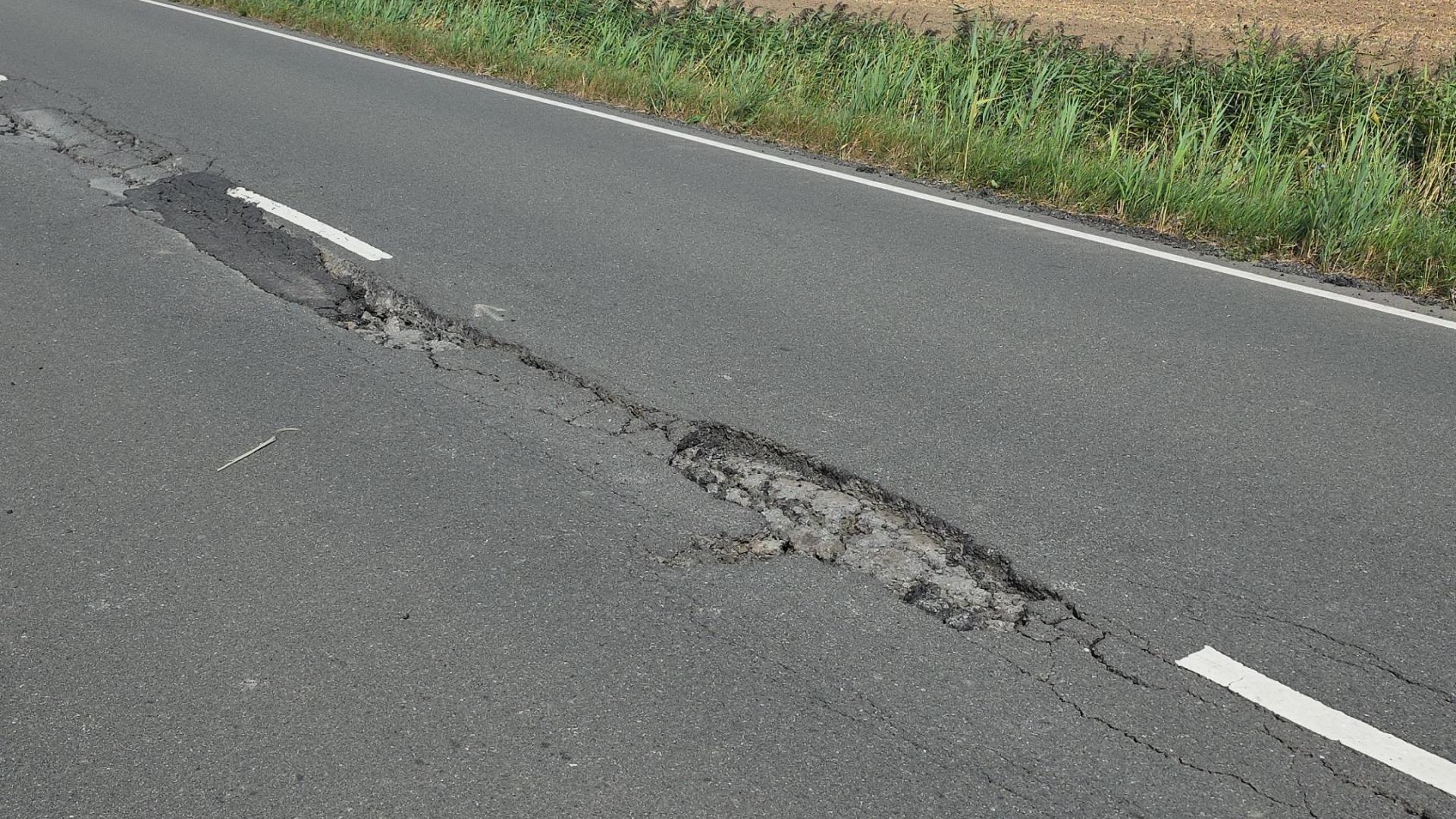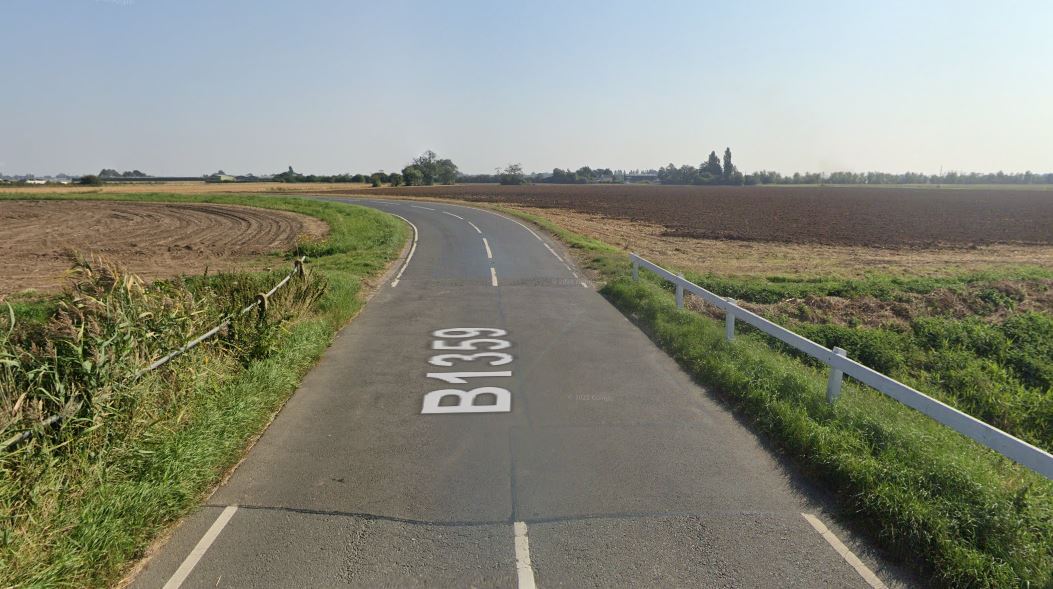Just recently in the news, supermarkets have been asked not to place daffodil bulbs near fruit and vegetables as the bulbs can be mistaken for onions and the stems look like Chinese vegetables. If they are used in cooking they are extremely toxic.
Easy mistakes for humans to make but animals don’t know if something is toxic.
Many plants are bitter if they are poisonous and are unpalatable to animals but there are many items around the home that animals will joyfully eat that can be extremely dangerous to them. So, what will animals eat that can cause problems?
One common poison that we all know about is chocolate. Chocolate can cause vomiting and diarrhoea, heart palpitations and seizures in dogs. There is a threshold level so if you keep the packet of biscuits or Easter egg that your dog has eaten then we can work out if they’ve eaten a toxic dose.
Grapes and raisins can be extremely toxic but only in, thankfully, very few dogs (and some cats and ferrets).
No one knows why some dogs are susceptible and the majority are completely immune, but both grapes and raisins can cause acute kidney failure.
Raw bread dough rises to lovely, bubbly bread because of the yeasts in it but this also happens in the warmth of a dog’s stomach if eaten.
This results in swelling of the belly just like bloat. Not only does the yeast rise but it also ferments and changes the sugars to alcohol.
It’s not just dogs that can eat toxic products.
Avocados are poisonous to rodents and birds.
Antifreeze is extremely poisonous to cats and they love the taste, so store it carefully and clear up spills.
For many of these toxic foods, if we can make your animal vomit and get rid of the poison before the body absorbs it then we can reduce or eliminate its effects. This is best done within two hours of eating it.
For other poisons, rapid fluid therapy, antidotes or even surgery are needed.
If you’re not sure if the food your animal has eaten is toxic then phone the surgery for advice.
by Alder Veterinary Practice, Bourne Road, Spalding






